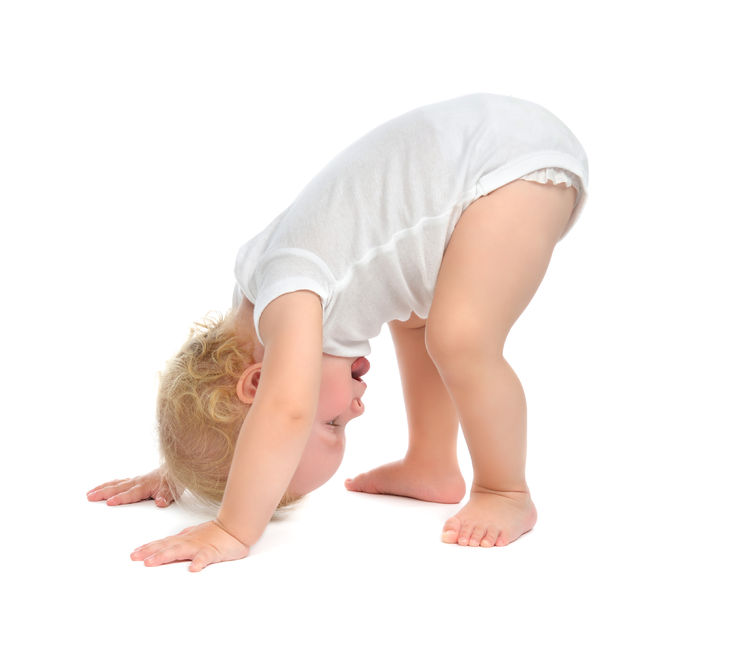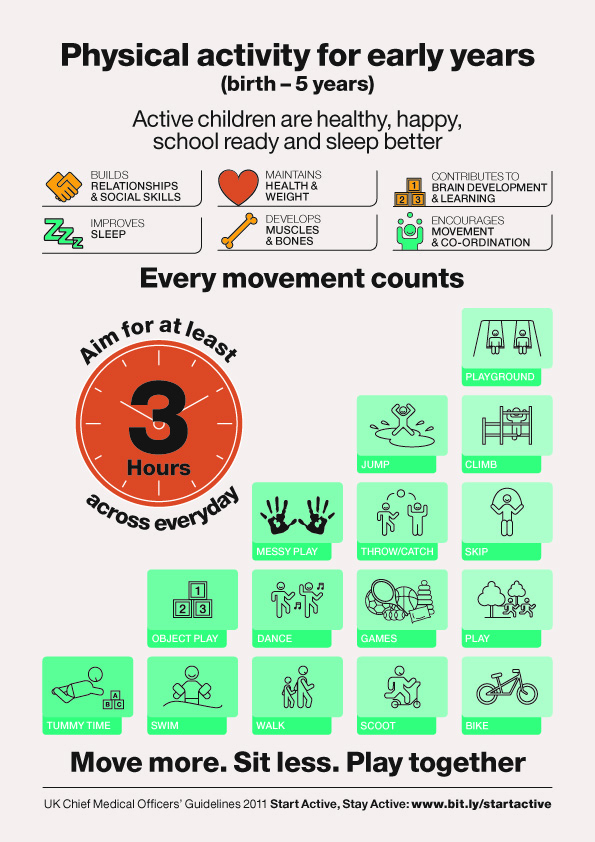It's just as important to make sure the lunchbox your child takes to nursery or preschool provides a healthy and balanced lunch. This means plenty of good quality foods from the 5 food groups, with few 'processed' or packaged or ready-made foods (as these usually contains fewer good nutrients and often more salt and sugar).
A balanced packed lunch should contain:
- starchy foods – these are cereals, bread, rice, potatoes, pasta. Starchy foods are a good source of energy and should make up a third of the lunchbox
- protein foods – including meat, fish, eggs, lentils, chickpeas, beans, nuts, seeds and tofu/quorn
- a dairy item – this could be cheese, a yoghurt or milk as a drink
- vegetables, raw and/or cooked
- a portion of fruit
- water or milk to drink
Children often like food they can eat with their fingers, so chop up raw veggies such as carrots or peppers and give them hummus or cottage cheese to dip the veggies in. Breadsticks and wholemeal crackers are great finger foods that can be paired with cheese pieces.
Replace chocolate bars and cakes with fresh fruit. Vary the fruit each day and get them to try new things, such as kiwi or melon. You could also make up a tasty fruit salad. Be inventive and encourage your children when they try something new. Some good ideas can be found here
Note that dried fruit is no longer recommended as a between meal snack as it's high in sugar, and can be bad for teeth.
How much sugar should children be eating?
- Children aged under 4 no more than 12g or 4 teaspoons of free sugars per day
- Children aged 4 to 6 should have no more than 19g or 5 teaspoons of free sugars per day
- Children aged 7 to 10 should have no more than 24g or 6 teaspoons of free sugars per day
- Children aged 11 years and upwards, as well as adults, should have no more than 30g or 7 teaspoons of free sugar per day
An example of the sugar content of common lunchbox items includes:
- A petit filous fromage fraise (80g) contains 2.5 teaspoons of free sugar
- Barney bear cake bar (chocolate) contains 2 teaspoons of free sugar
- No added sugar fruit shoot drink (apple and blackcurrant) contains 1 teaspoon of free sugar
This calculated together is 5.5 teaspoons of sugar in a standard lunchbox, meaning in one meal, a child under 4yrs, will have exceeded their daily intake by 1.5 teaspoons.
Click here for more information from Change4Life




